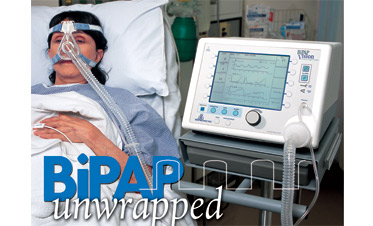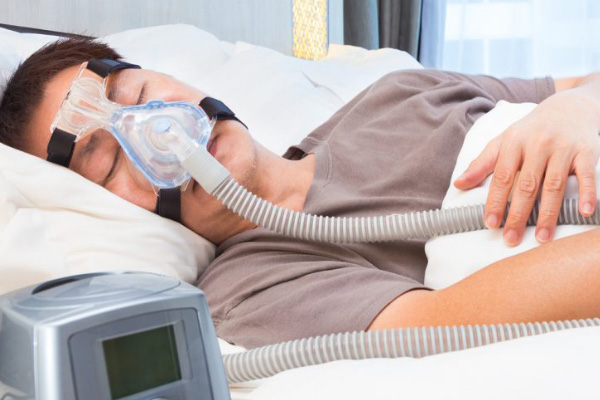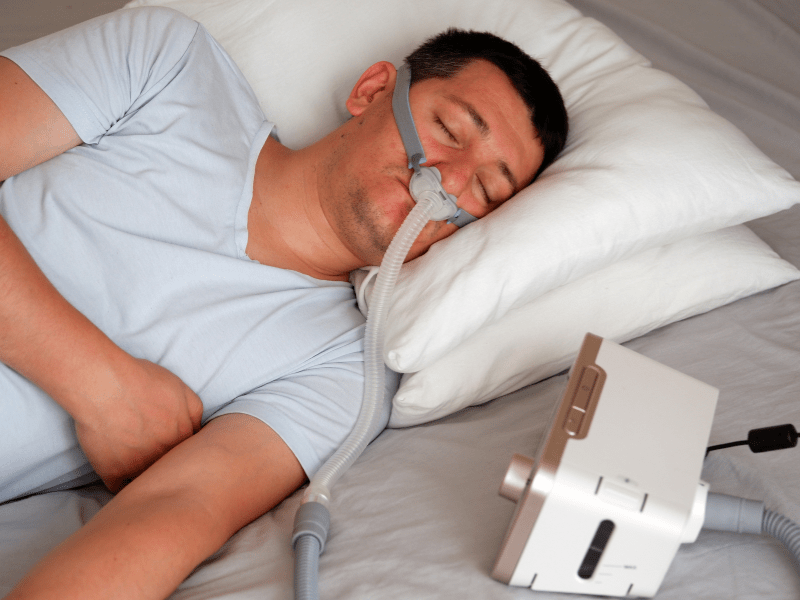Explore High-End BiPAP Rental Units at Competitive Rates
Explore High-End BiPAP Rental Units at Competitive Rates
Blog Article
Bipap vs. CPAP: Which Is the very best for Your Rest Problem?
When browsing the intricacies of rest conditions, the option between BiPAP and CPAP therapy is a vital consideration. Each modality offers unique advantages customized to certain conditions, yet the decision pivots on private client needs and convenience degrees. While CPAP offers a stable airflow ideal for obstructive rest apnea, BiPAP's dual stress setups may enhance convenience for those with even more intricate respiratory concerns. Comprehending these distinctions can considerably impact treatment effectiveness, leaving one to contemplate which option genuinely straightens with their wellness demands and lifestyle.
Recognizing Sleep Disorders
Sleep problems include a variety of conditions that interfere with normal rest patterns, influencing both the high quality and period of rest. These conditions can show up in different kinds, including sleeplessness, sleep apnea, narcolepsy, agitated leg disorder, and parasomnias. Each condition provides unique difficulties, often causing substantial daytime fatigue, cognitive disability, and psychological disturbances.
Sleeplessness is identified by difficulty falling or staying asleep, while rest apnea entails repeated interruptions in breathing during rest, usually resulting in fragmented rest. Narcolepsy, on the other hand, is noted by excessive daytime drowsiness and unexpected sleep attacks. Uneasy leg disorder creates uncomfortable sensations in the legs, triggering an irrepressible impulse to relocate them, which can also hinder the ability to fall asleep.
The effect of sleep conditions prolongs beyond private health and wellness, affecting general efficiency, partnerships, and quality of life. Comprehending the certain nature of each condition is vital for reliable medical diagnosis and therapy. As sleep health and wellness ends up being progressively acknowledged as an important element of overall well-being, dealing with these disorders is important for enhancing both rest top quality and day-to-day performance.
Exactly How CPAP Works
Continuous Favorable Air Passage Pressure (CPAP) therapy is regularly used as a main treatment for obstructive rest apnea (OSA) The device of CPAP includes using a machine that supplies a constant stream of air with a mask used during rest. This air flow preserves positive stress in the air passage, preventing the collapse or obstruction of the throat that can take place throughout sleep.
When an individual inhales, the CPAP equipment provides a continuous circulation of air, making certain that the air passage continues to be open - BiPAP Rental. This not only alleviates the signs and symptoms of OSA, such as snoring and interrupted sleep patterns, yet also lowers the connected health threats, including cardio problems and daytime exhaustion
The pressure settings on a CPAP device can be tailored to fulfill individual patient requirements, commonly determined through a sleep research study. Generally, CPAP treatment has actually been revealed to significantly improve the high quality of sleep and general health for individuals enduring from obstructive sleep apnea.
Exactly How BiPAP Functions
BiPAP, or Bilevel Favorable Respiratory Tract Pressure, is a customized kind of non-invasive air flow that is specifically advantageous for clients with conditions such as complicated sleep apnea or breathing conditions. Unlike CPAP, which provides a constant stream of air at a solitary stress, BiPAP supplies 2 distinctive pressure setups: a greater inspiratory stress for breathing and a reduced expiratory stress for exhalation. This dual-pressure strategy allows for simpler breathing, minimizing the initiative called for throughout exhalation.
The tool runs through a mask fitted over the nose or mouth, connected to a machine that generates air pressure. When the client breathes in, the equipment supplies the greater stress to aid with airflow, guaranteeing that the air passage continues to be open. Upon exhalation, the machine automatically decreases the stress, making it a lot more comfy for the individual to take a breath out.

Trick Distinctions Between BiPAP and CPAP

In contrast, BiPAP (Bilevel Favorable Air passage Pressure) supplies 2 different pressure settings: one for inhalation and a reduced one for exhalation. This dual pressure system permits even more comfortable breathing, specifically for individuals that have problem with exhaling versus a continuous stress. BiPAP is typically advised for people with complicated rest apnea, chronic obstructive pulmonary disease (COPD), or those that call for added assistance during rest.
In addition, the complexity of BiPAP tools commonly causes a greater expense and requires extra cautious titration than CPAP. BiPAP Rental. Comprehending these essential differences can assist in identifying which device may be preferable for particular sleep problems, setting the groundwork for educated treatment decisions
Selecting the Right Treatment
The choice between BiPAP and CPAP therapy primarily pivots on the certain features of the sleep condition, the client's total health and wellness, and their convenience with the gadget. CPAP, which delivers a constant stream of air, is frequently recommended for obstructive sleep apnea (OSA)
On the other hand, BiPAP offers 2 levels of stress: one for breathing and a lower one for exhalation. This dual pressure system is helpful for people with complicated rest apnea or those who experience difficulty breathing out against a constant stress. Furthermore, BiPAP is typically recommended for individuals this page with respiratory system problems, such as persistent obstructive lung disease (COPD), where varying stress settings can boost convenience and compliance.
Ultimately, a detailed analysis by a rest specialist, consisting of a rest research, can assist determine which therapy straightens ideal with the client's demands. Elements such as comfort, simplicity of use, and certain clinical conditions should likewise be considered to optimize therapy end results.
Final Thought
In recap, both BiPAP and CPAP offer unique purposes in the monitoring of sleep problems. CPAP is effective for obstructive sleep apnea with consistent air flow, while BiPAP offers double stress setups that enhance comfort for those with intricate sleep apnea or respiratory problems. The option in between these therapies must be assisted by private requirements and conditions, requiring a detailed analysis by a sleep specialist to ensure optimal treatment end results and boosted top quality of rest.

Overall, CPAP therapy has actually been revealed to considerably boost the top quality of sleep and overall health and wellness for people enduring from obstructive sleep apnea.
BiPAP is typically suggested for people with complex sleep apnea, chronic obstructive pulmonary illness (COPD), or those who call for extra support throughout rest.
CPAP is effective for obstructive rest apnea via consistent airflow, while BiPAP provides dual pressure settings that improve comfort for those with complicated sleep apnea or breathing concerns.
Report this page